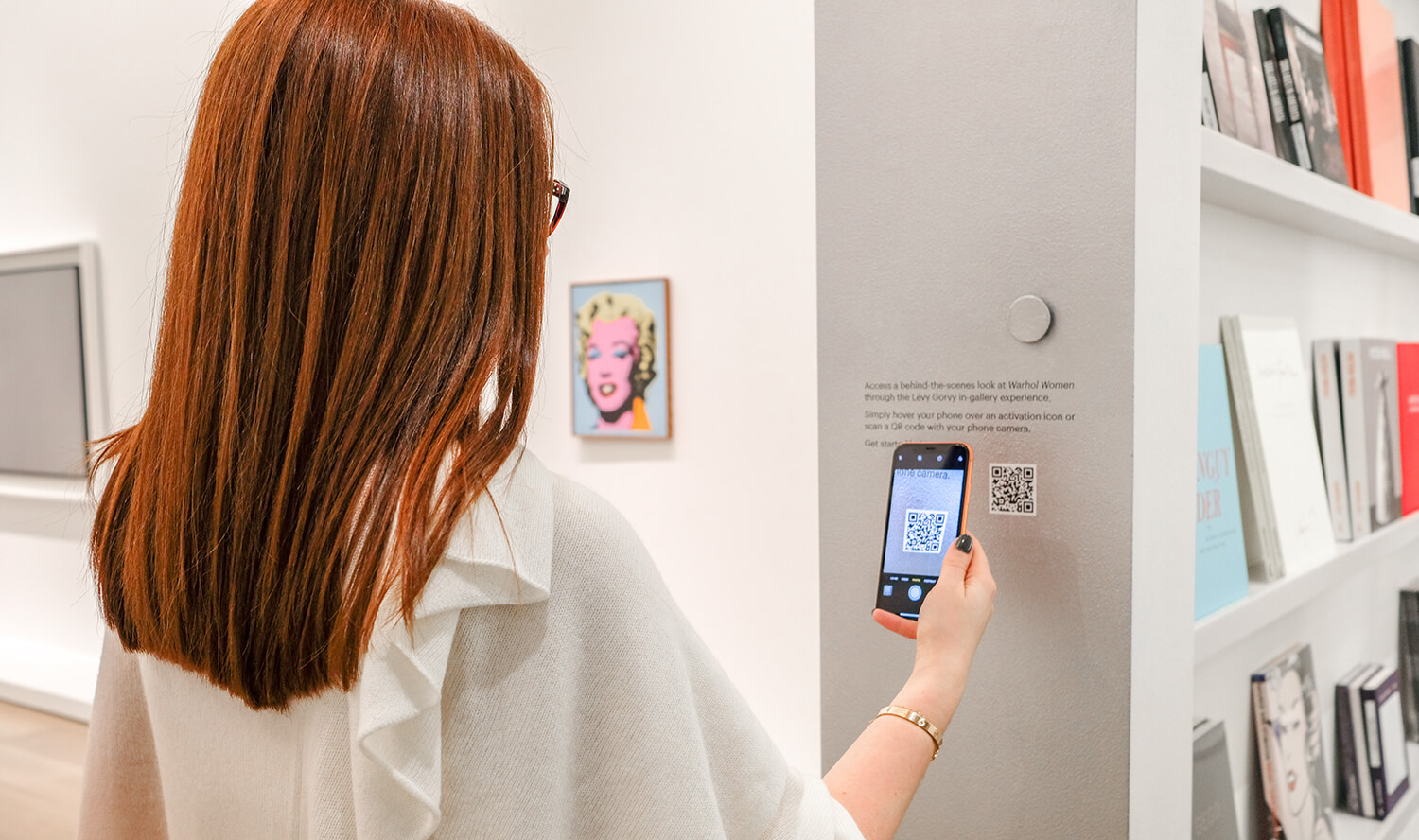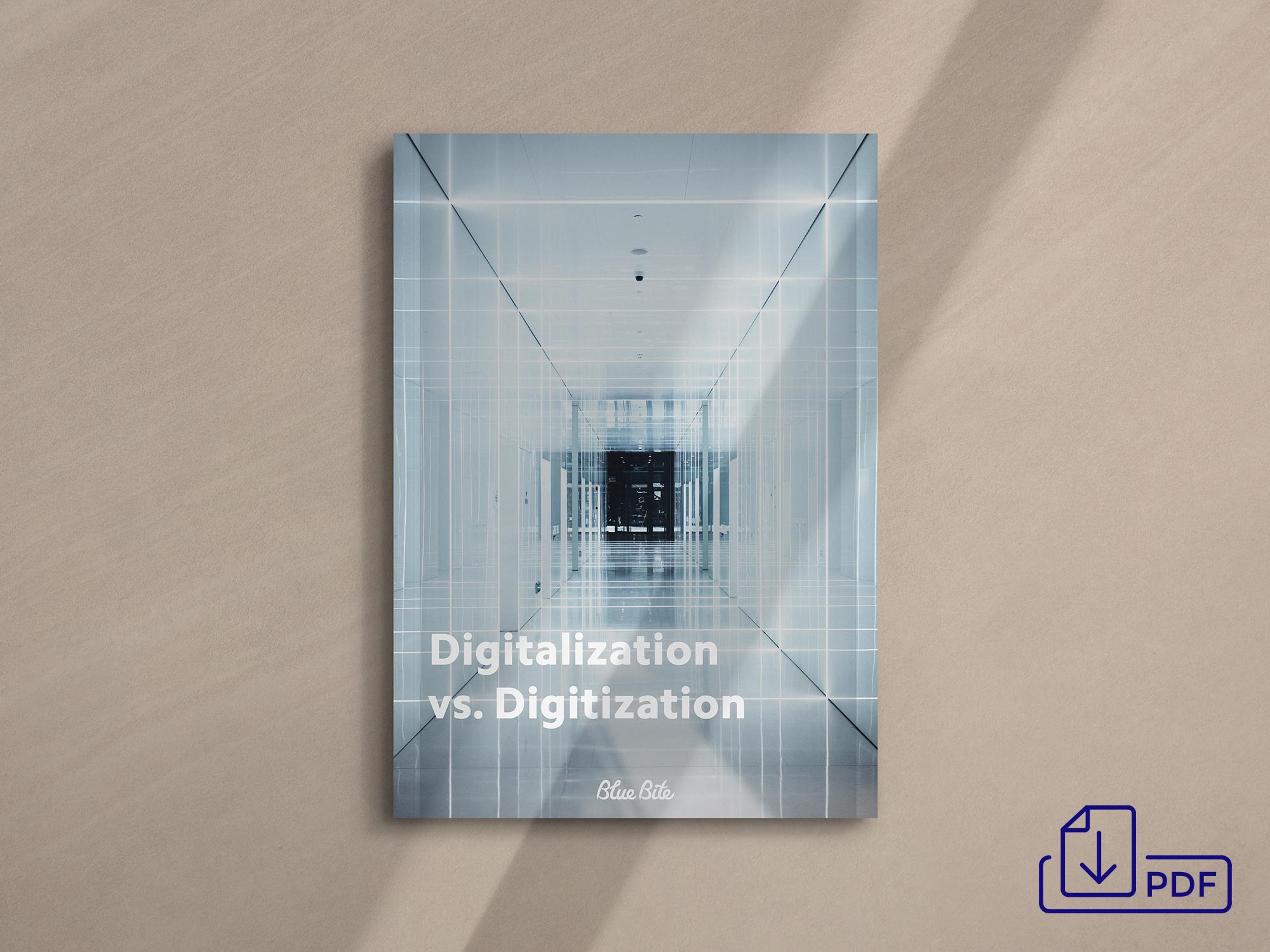
See the differences, and similarities, between digitalization and digitization, as well as the definitions for both.
June 5, 2020
Digitalization and digitization are similar concepts, but they are not interchangeable. Brands that understand and utilize both concepts realize new ways to innovate within today’s digital world.
Gartner describes digitalization as “the use of digital technologies to change a business model and provide new revenue and value-producing opportunities.”
In other words, digitalization happens when innovative companies incorporate digital as a value-add into their existing products, services and business practices. This can range from adding a digital element onto an existing physical product to an entire transformation of a company into a digital-first organization.
Digitization is simply converting analog to digital — though this can take many forms. For example, a company may convert all their paper records into digital files, eliminating the need for physical file storage space and use of extraneous paper. Digitization can also apply to analog audio and video transferred to digital sources.
Digitization is more specific than digitalization; digitization may be one part of a digitalization plan, but it is not the plan itself.
Considering everything companies do leveraging at least one digital component, the definition of digitalization becomes particularly broad. To narrow that down, the examples below focus on companies that have added digital components to traditionally physical products and spaces — turning the physical into digital platforms.

Digitalizing clothing — adding a digital element to garments — offers a better experience for consumers, resulting in a higher lifetime value.
Men’s luxury athleisure brand DYNE embeds NFC tags directly into garments. Consumers tap these tags with their phone, activating a specially designed digital experience with additional information about the garment. These experiences also encourage further interaction, resulting in direct brand to consumer communication and higher lifetime value through increased loyalty and repeat purchases.

Museums and art galleries use technology to provide more context for physical artwork.
Lévy Gorvy, a gallery in New York, digitalized “Warhol Women,” an exhibition on Andy Warhol’s portraiture of women. NFC tags and QR codes added to artwork information cards provided a wealth of information visitors accessed on their phones as they walked through the gallery. Exit cards, also equipped with QR and NFC, kept the gallery in touch with visitors after they left the gallery.

Luxury retail is changing drastically in response to digital developments — consumers today expect seamless in-store and online experiences, high quality, and protection from counterfeit goods.
Italian luxury brand PINKO embedded NFC tags in a line of handbags that, when tapped, verified the authenticity of the bag, reassuring consumers and protecting PINKO’s brand.
Authentication experiences also can be used to tell brand stories and keep brands connected with consumers after the sale with product registration, related products for sale and more.





